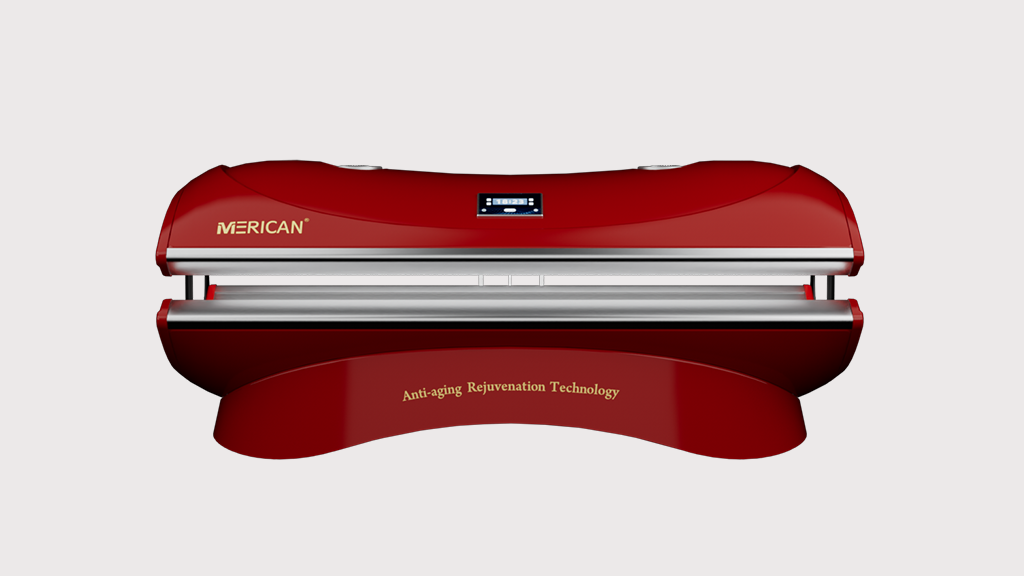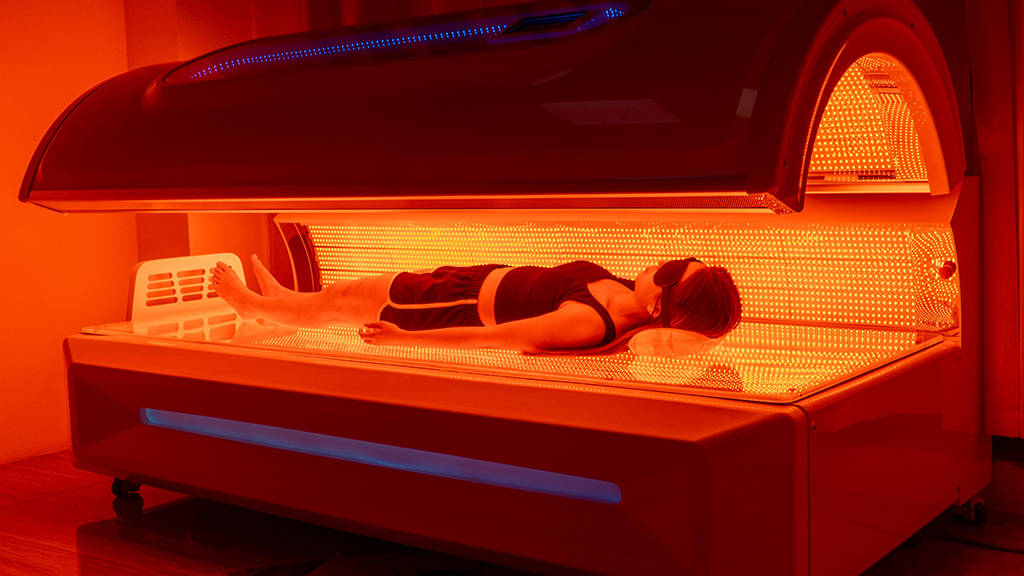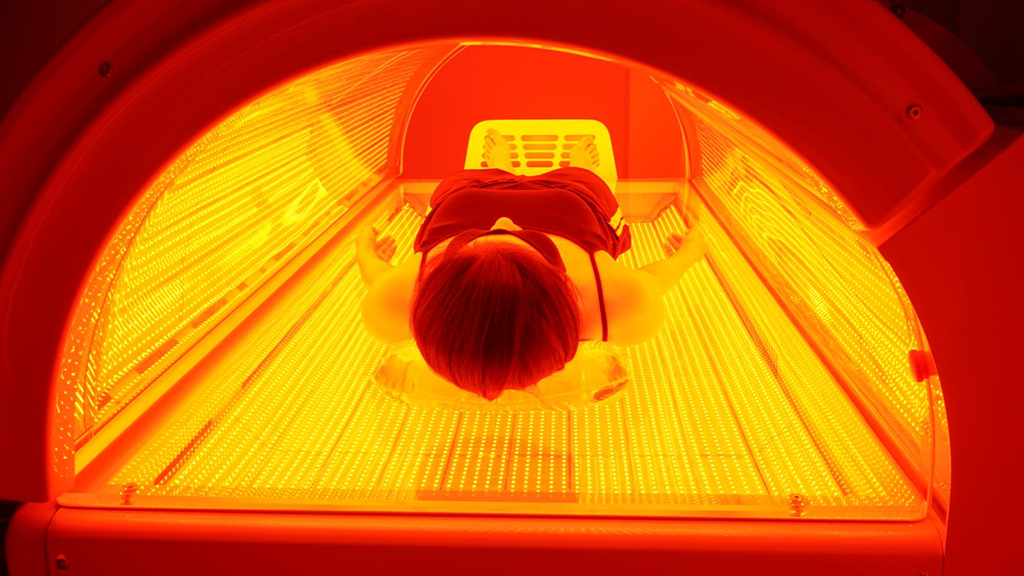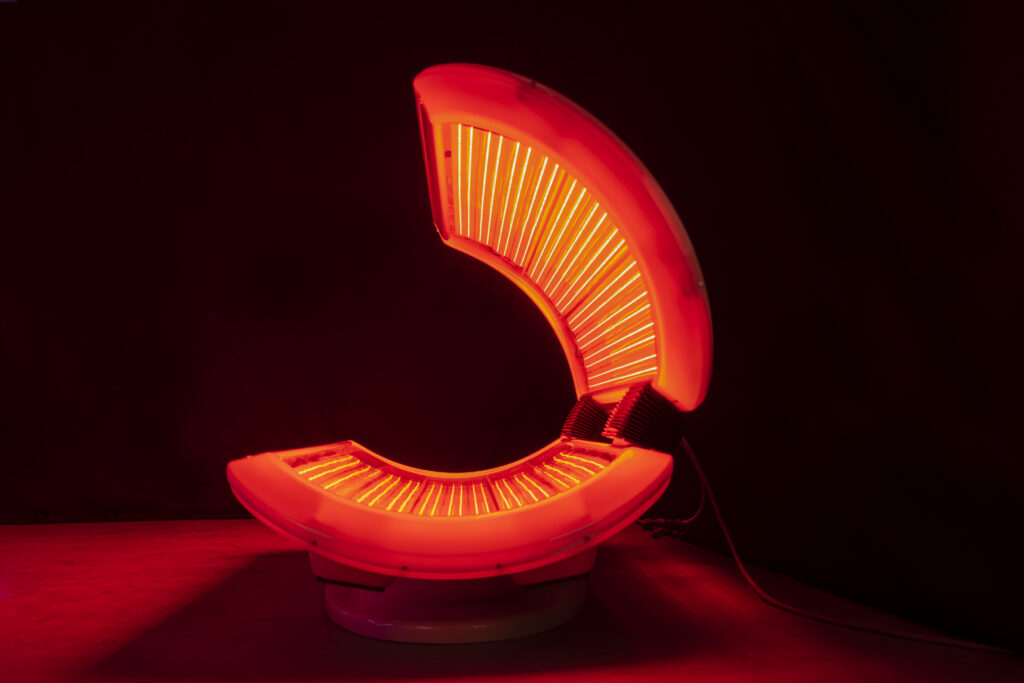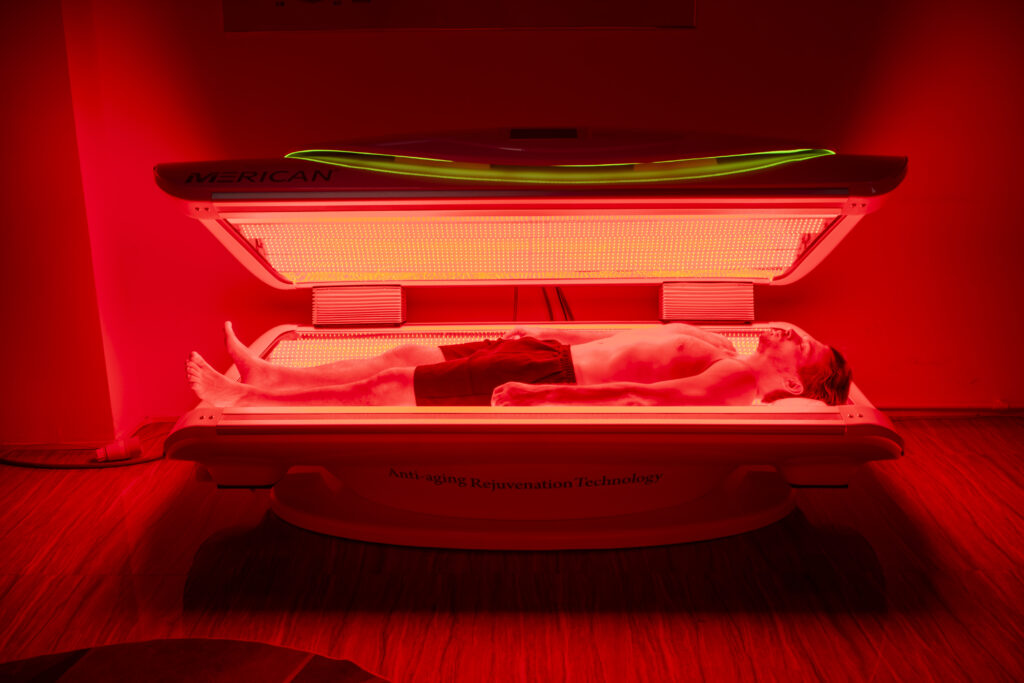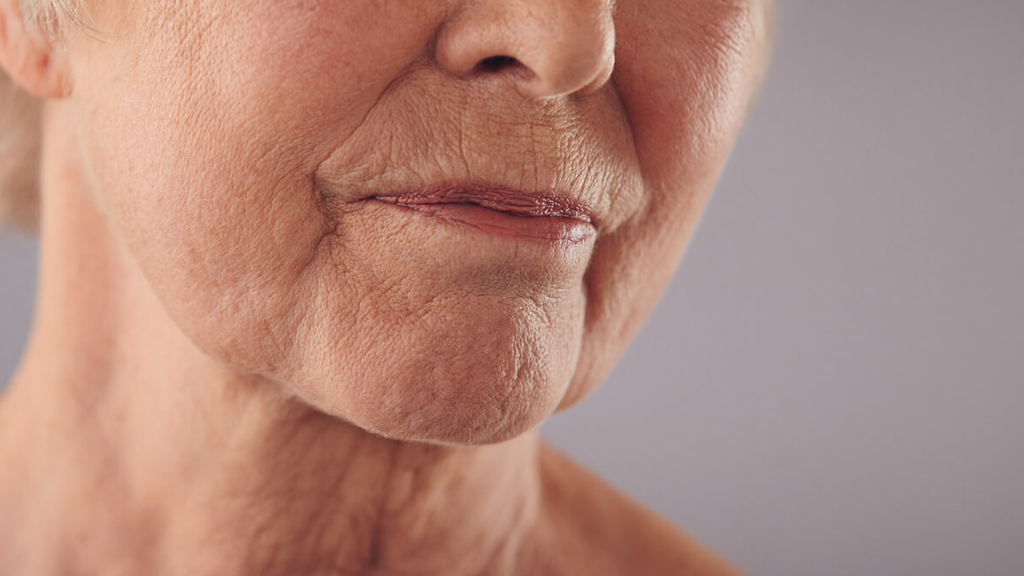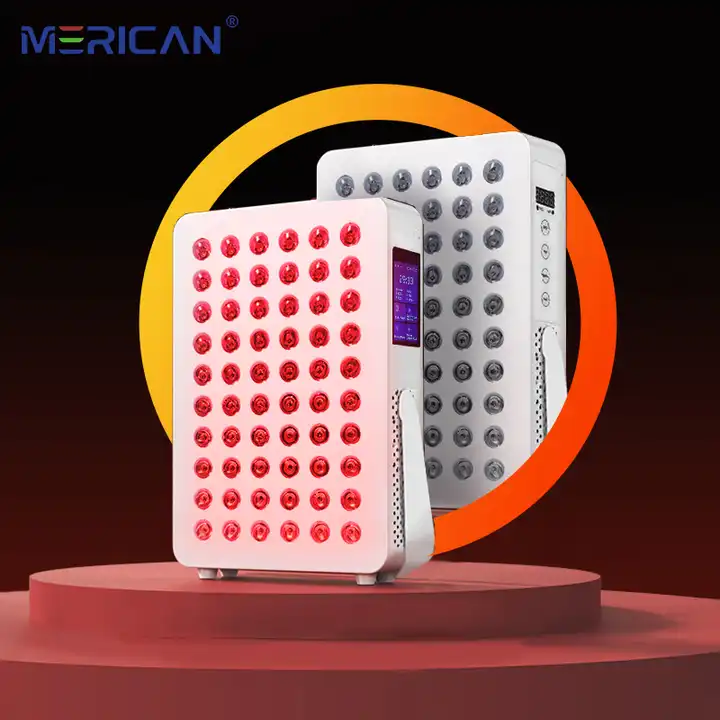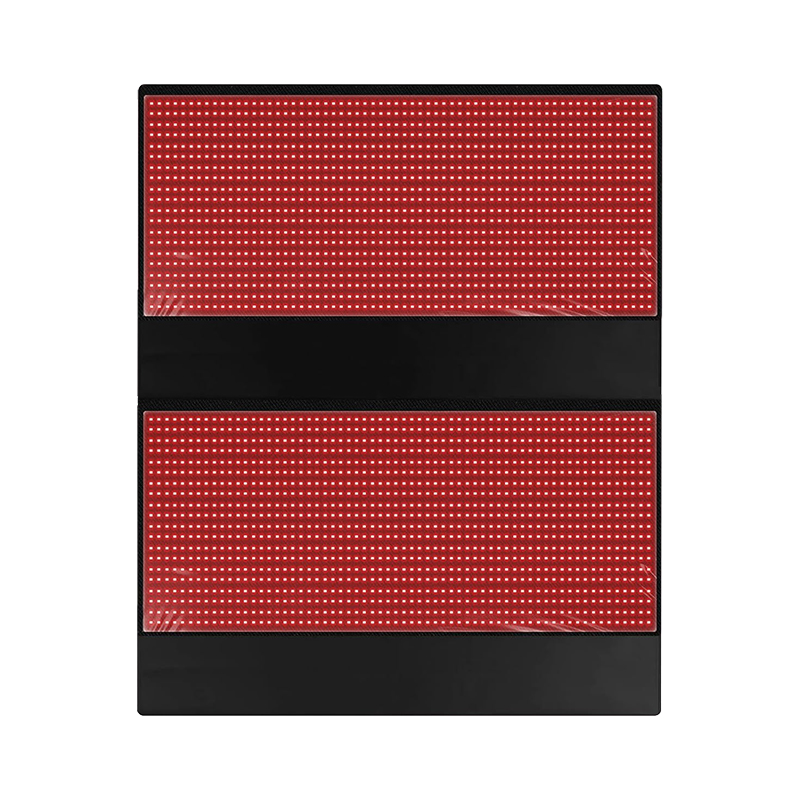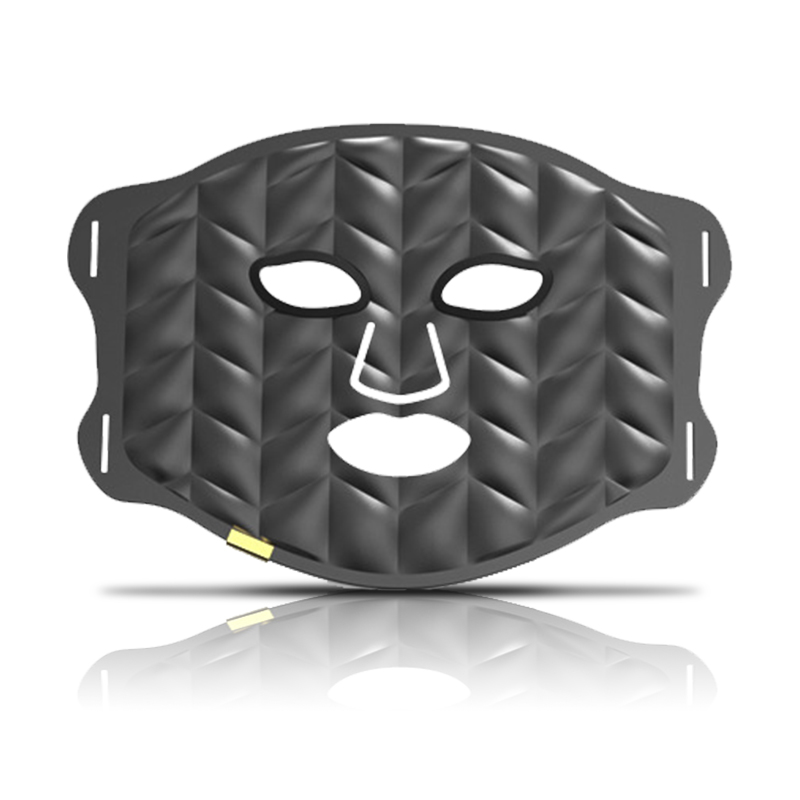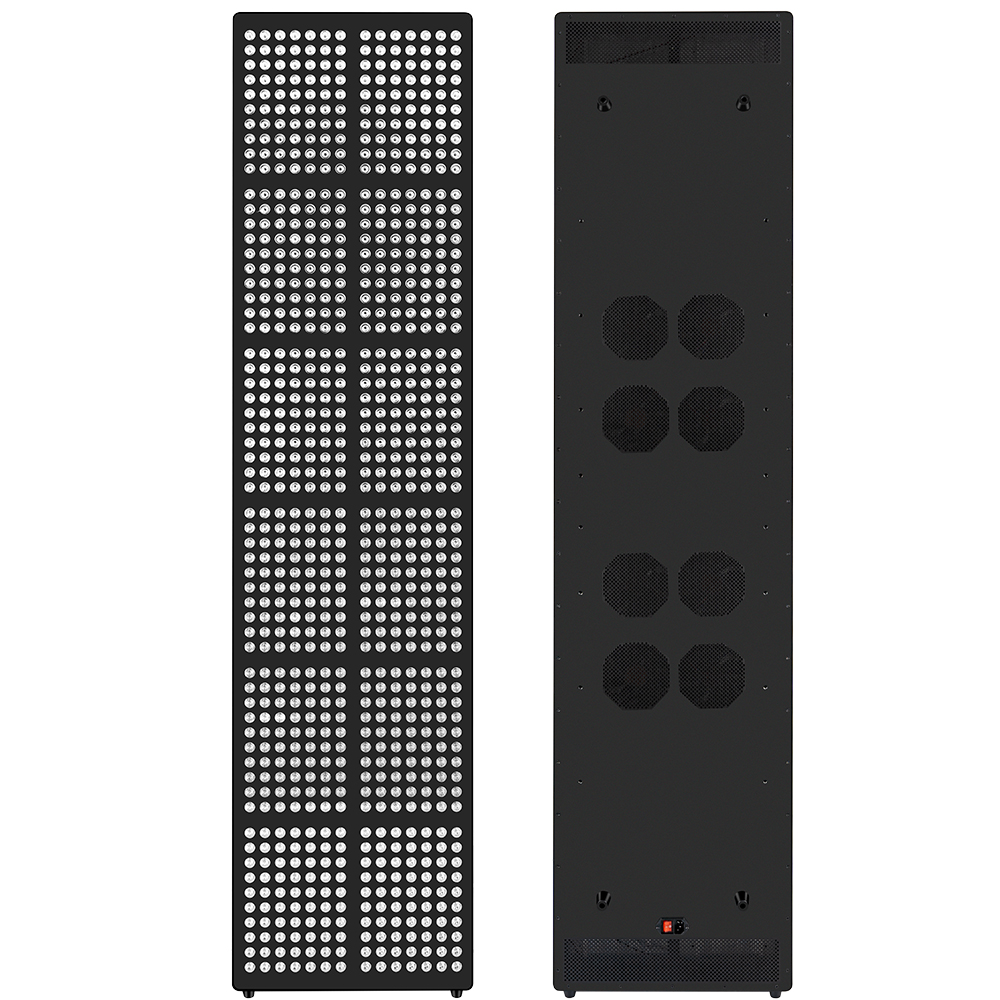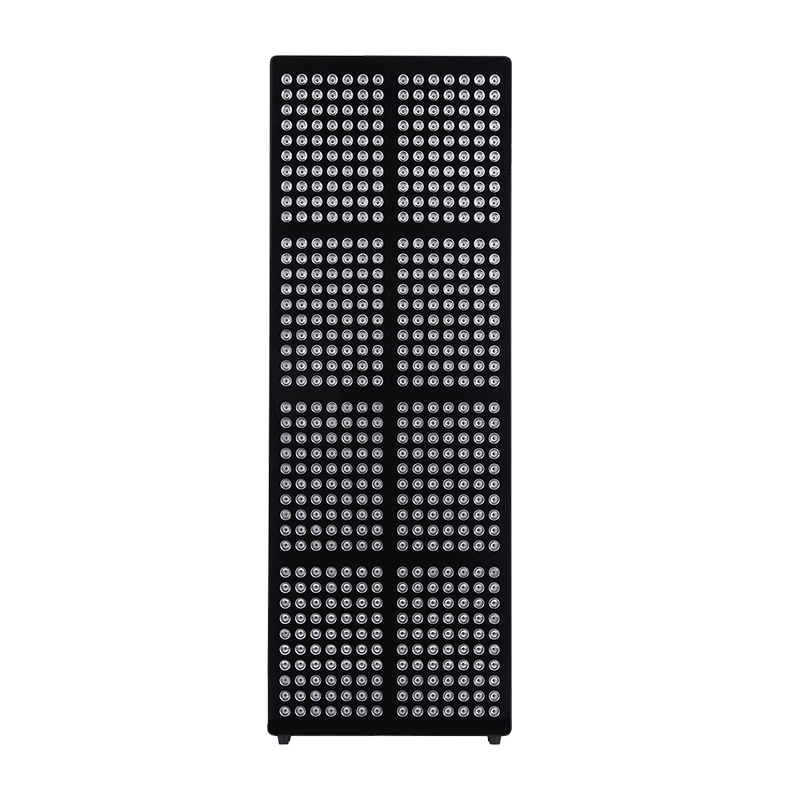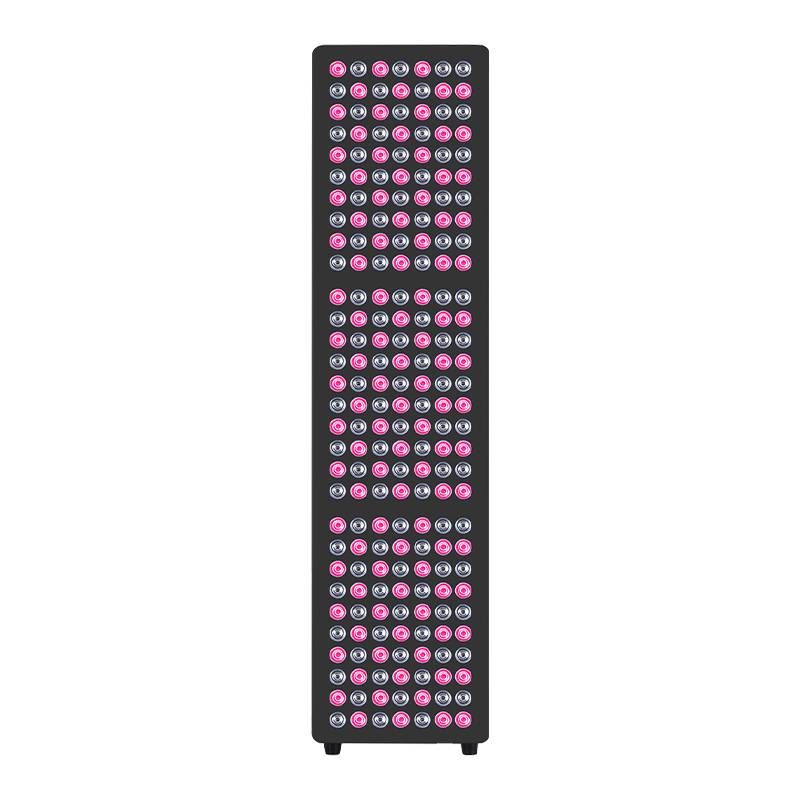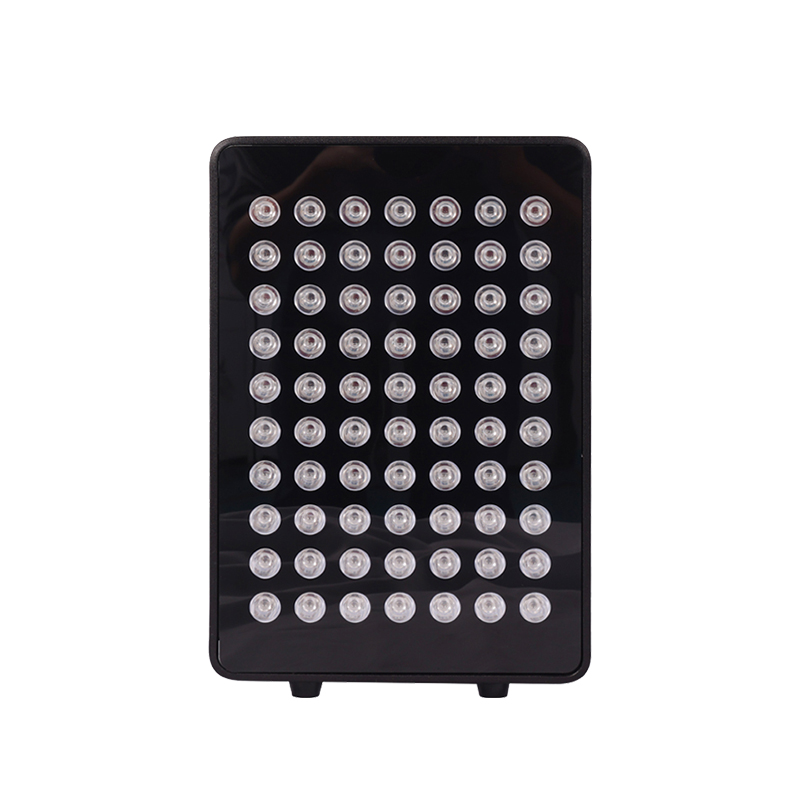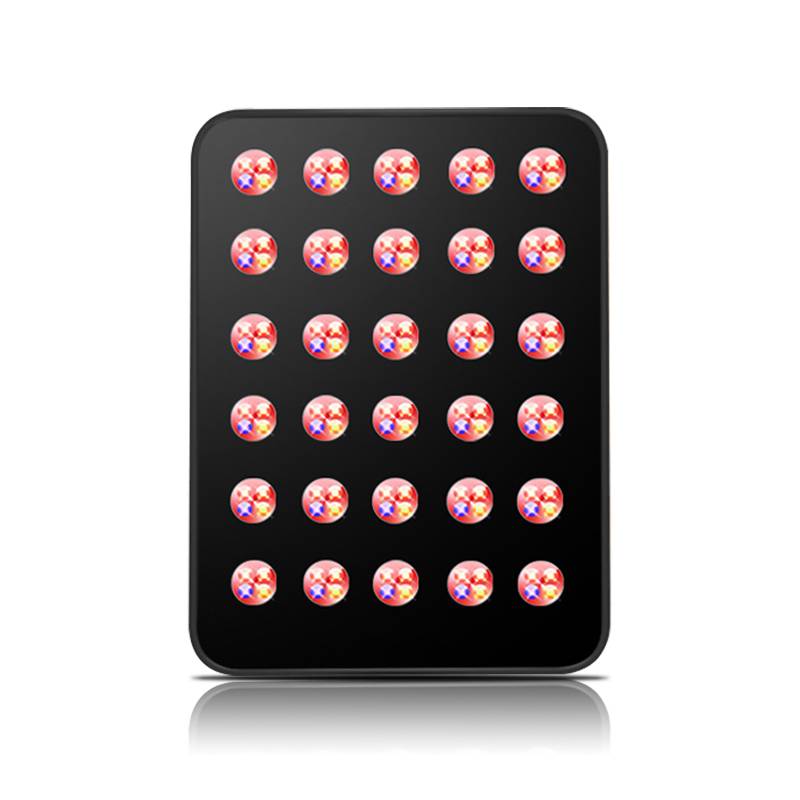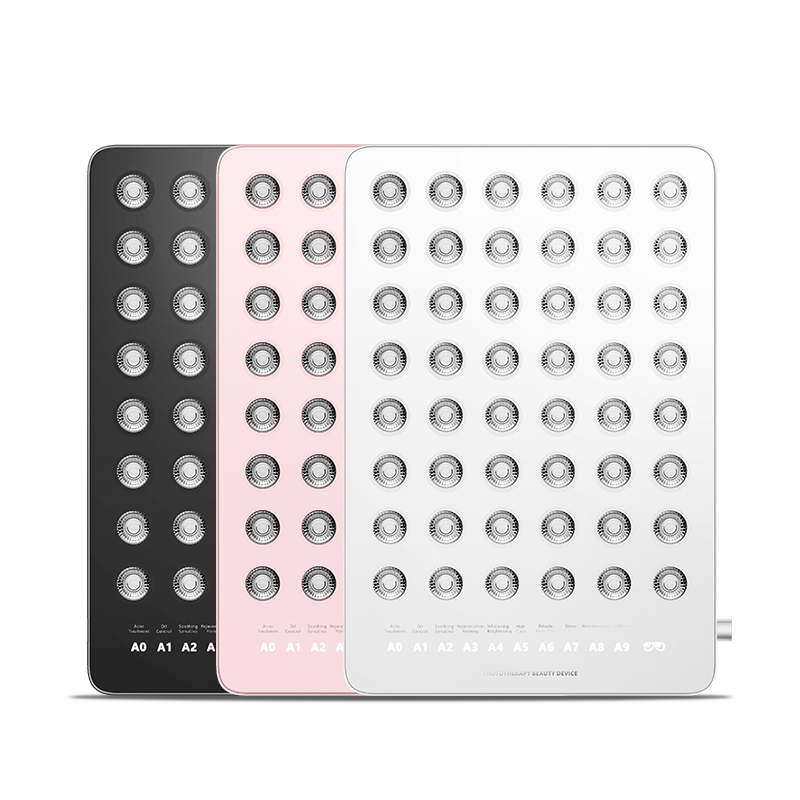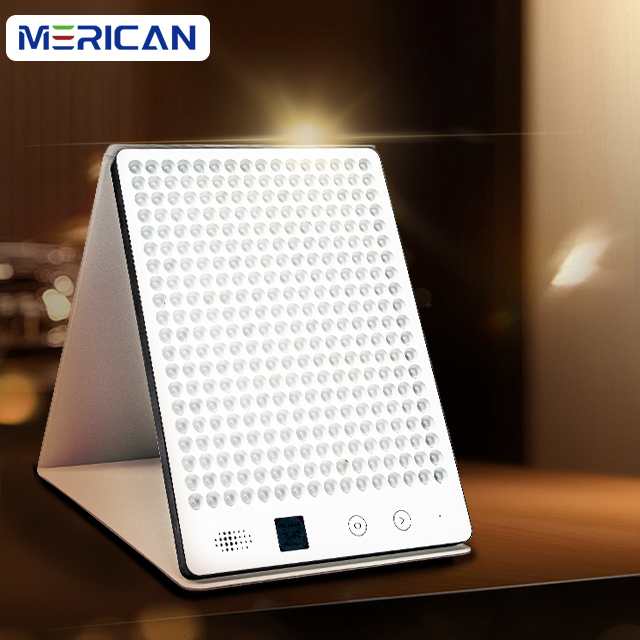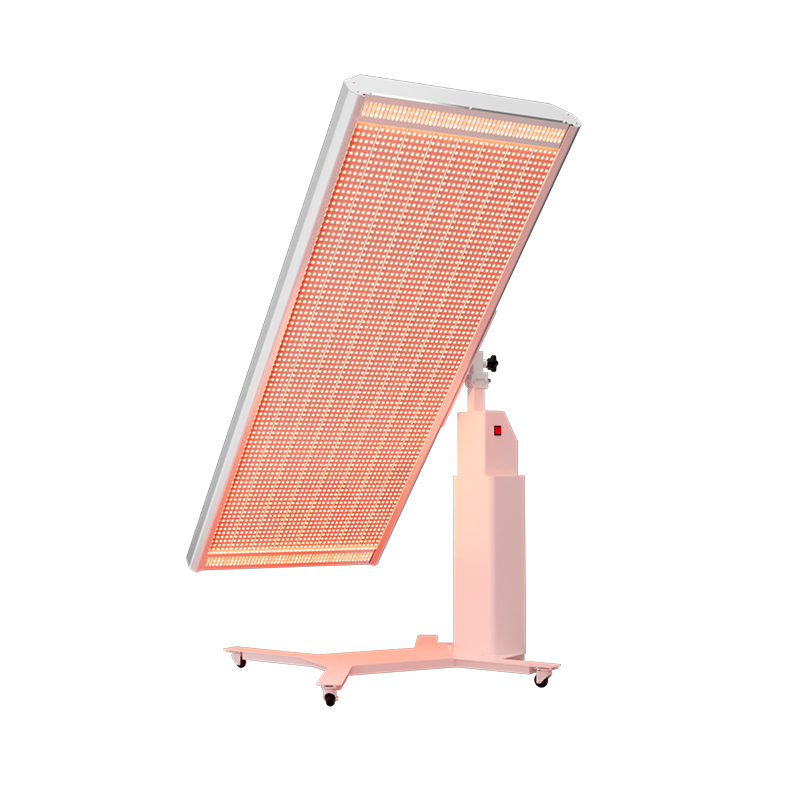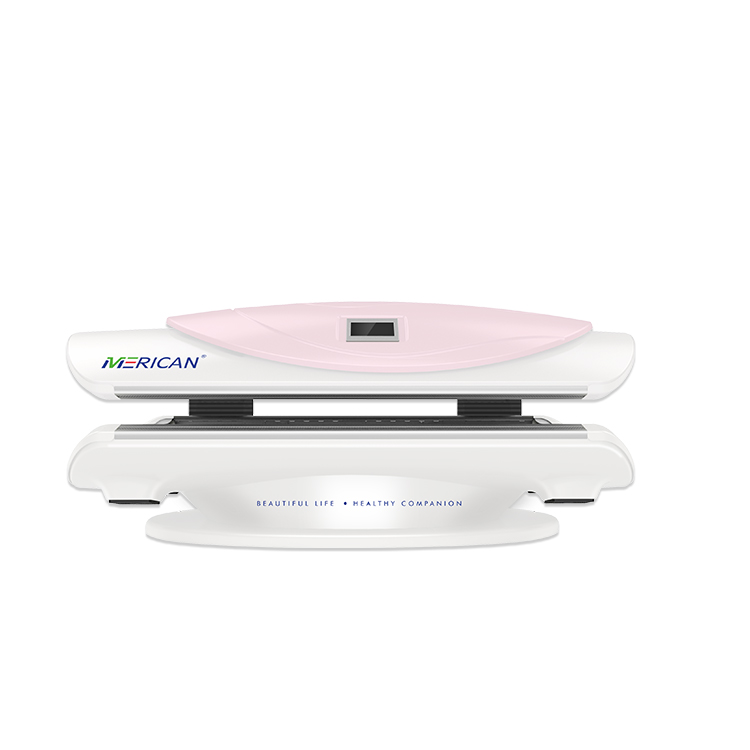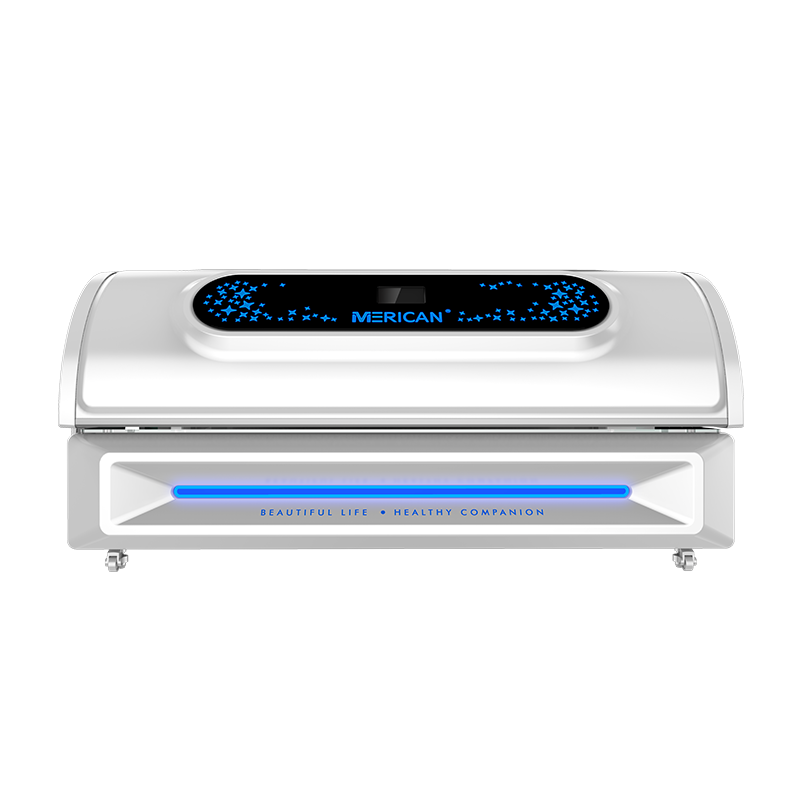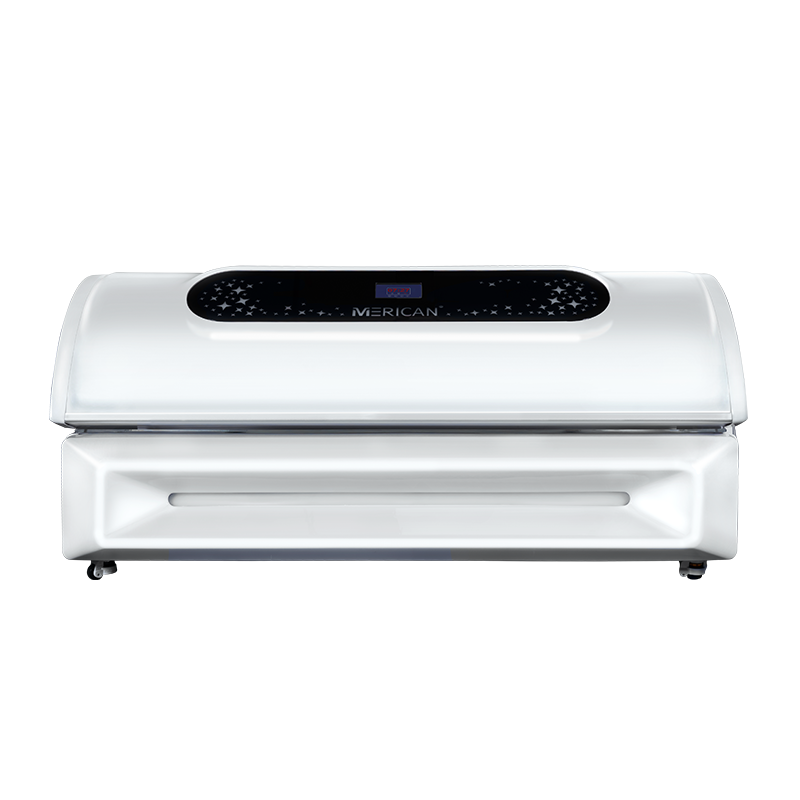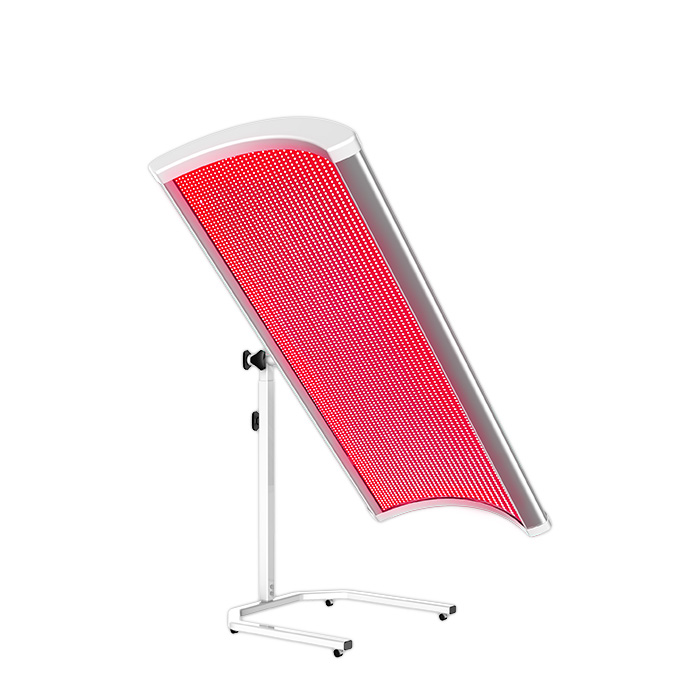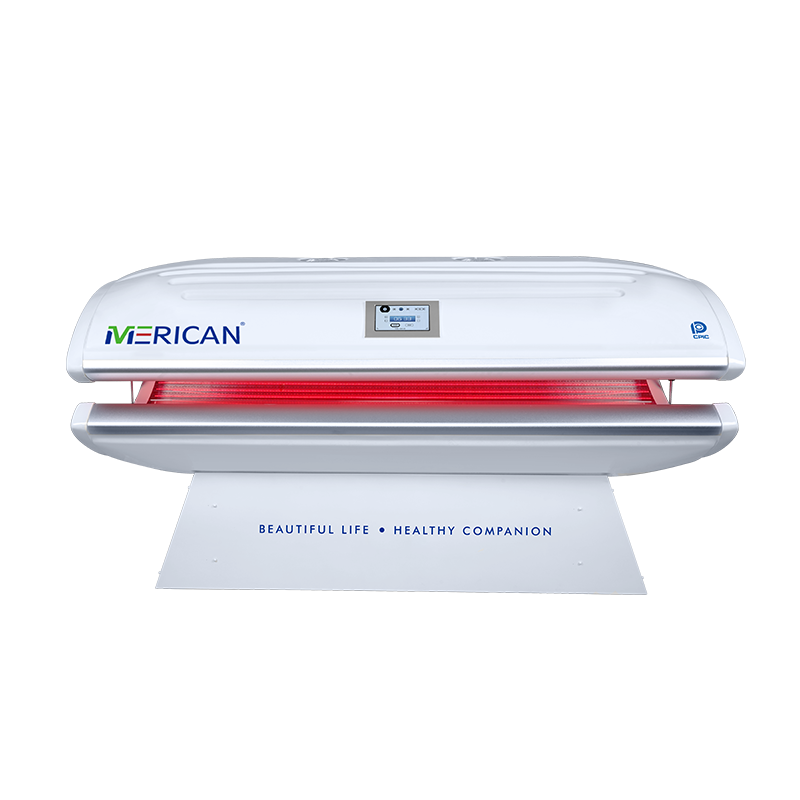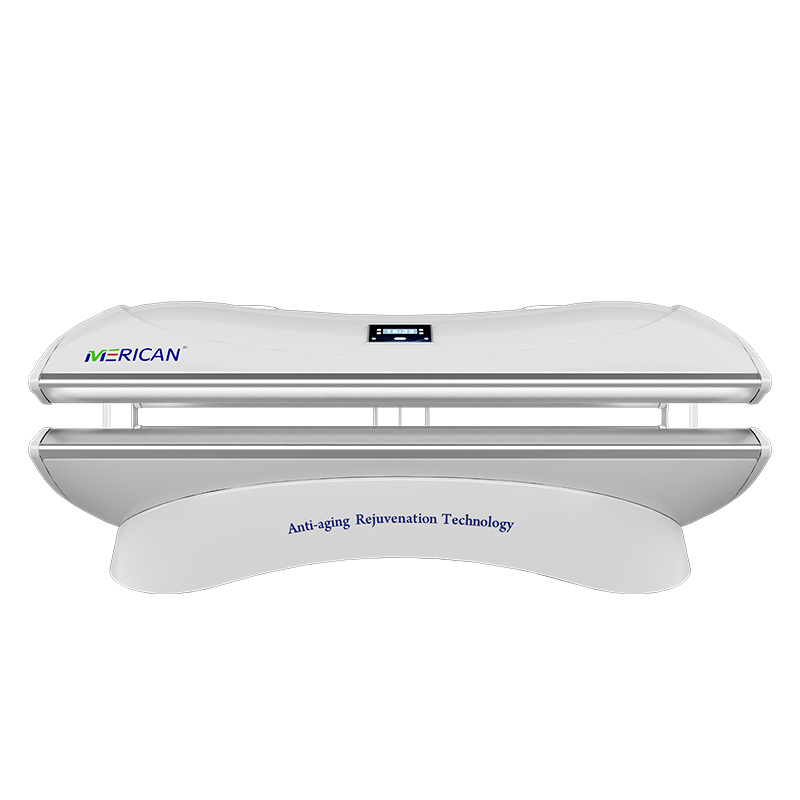Red light therapy has become a popular treatment for various skin and health issues, including acne and pain relief. Whether you’re considering a commercial red light therapy bed for your clinic or an at-home device for photobiomodulation, it’s important to understand the features and options available.
Neste artigo, we’ll explore the key features to look for in a commercial cama de terapia de luz vermelha and answer common questions such as “How do I choose a good red light therapy device?” e “O que é melhor, terapia de luz vermelha ou infravermelho?”
Essential Features of a Commercial Red Light Therapy Bed

Tamanho e Design
- Space Considerations
Ensure the bed fits comfortably in your clinic or treatment space. Measure the available area and choose a bed that won’t overcrowd the room.
- Ergonomic Design
A well-designed bed will offer comfort during long sessions. Look for beds with adjustable angles and cushioned surfaces to provide a relaxing experience for the client.
- Full-Body Coverage
Some beds are designed to treat specific body parts, while others provide full-body exposure. Consider your clinic’s needs—full-body beds are great for treating multiple issues at once.
Wavelengths of Light
- Luz Vermelha (600-650nm)
This wavelength is perfect for treating surface-level skin issues like acne, rugas, e pigmentação. It promotes collagen production and speeds up healing processes.
- Luz do infravermelho próximo (800-850nm)
Penetrates deeper into the skin and tissues. Ideal for muscle recovery, alívio da dor, e redução de inflamação. It helps heal joints and connective tissues more effectively.
- Combinação
Many commercial beds use both red and near-infrared light to provide comprehensive benefits, treating both skin and deeper tissue issues simultaneously.
Power and Intensity
- Higher Power Output
A more powerful therapy bed generally results in shorter sessions and more effective treatments. Look for beds with a high power density that can deliver optimal energy levels to the target areas.
- Adjustable Intensity
Adjustable settings allow for customized treatments. Some people may need a higher intensity to address chronic pain or deeper issues, while others might prefer a gentler approach for skin treatments.
Safety Features
- Automatic Shut-off
A built-in timer that shuts off the device after a set amount of time ensures that clients don’t accidentally overexpose themselves to the light.
- Overheat Protection
Commercial devices should have safety features that prevent the system from overheating, ensuring both the safety and longevity of the equipment.
- Certificações
Look for beds that have necessary safety certifications (Por exemplo, FDA-approved or CE-marked). This guarantees that the device meets safety standards.
Treatment Time and Session Customization
- Adjustable Timer
Some beds allow you to customize the session time, which is particularly useful when offering different types of treatments (Por exemplo, skin rejuvenation vs. alívio da dor).
- Multiple Session Options
Beds with pre-programmed session times for different treatments (Por exemplo, acne or muscle recovery) offer convenience to both clients and practitioners.
Energy Efficiency
- LED Technology
LED lights are more energy-efficient than other light sources like halogen or incandescent bulbs. This helps reduce ongoing operational costs.
- Low Power Consumption
Choose energy-efficient models that use less electricity, helping you save on bills while still providing effective therapy.
How to Choose a Good Red Light Therapy Device
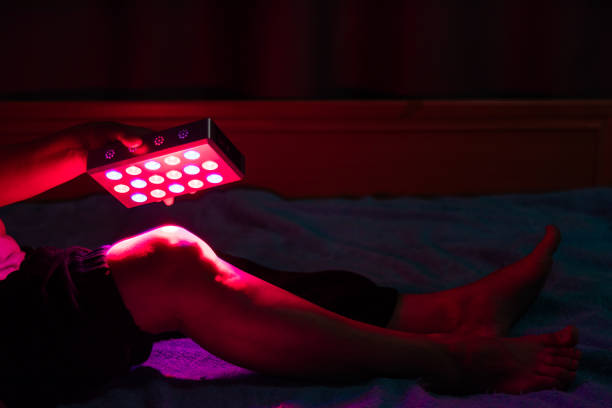
Choosing the right device is essential to achieve effective results. Here are the factors you should consider:
Comprimento de onda
- Luz Vermelha (600-650nm)
Perfect for treating skin issues like acne and wrinkles. It works at the surface level and promotes collagen production.
- Luz do infravermelho próximo (800-850nm)
Ideal for muscle recovery, alívio da dor, and tissue healing, as it penetrates deeper into the skin and tissues.
Power Output
- High Power for Quick Results
Devices with higher power output may provide faster results, but they should still be safe for home use.
- Moderate Power for At-Home Use
If you’re using the device at home, make sure it’s within safe power limits. A device with adjustable settings allows you to customize the intensity to your comfort level.
Size and Coverage
- Dispositivos portáteis
These are perfect for treating smaller areas like your face or targeted spots on the body (Por exemplo, acne scars or joint pain).
- Red Light Therapy Mat
Ideal for full-body treatment. These mats offer coverage for large areas like the back, pernas, or abdomen, allowing you to treat multiple areas simultaneously.
Quality and Durability
- Long-Lasting LEDs
Opt for a device with medical-grade LEDs that will last longer and provide consistent performance over time.
- Sturdy Construction
Ensure the device is made with durable materials that can handle frequent use, especially if you plan to use it regularly.
User-Friendliness
- Facilidade de uso
Choose a device with simple controls that allow you to adjust the session time, intensity, and other settings.
- Timers and Automatic Features
Built-in timers and automatic shut-off functions ensure that you don’t overuse the device.
Which is Better: Red Light Therapy or Infrared?

Red light and infrared therapy each have unique benefits. Here’s a breakdown of both:
Terapia com luz vermelha (600-650nm)
- Primary Benefit
Targets skin issues such as acne, linhas finas, rugas, e cicatrizes. It also stimulates collagen production for better skin texture and tone.
- Ideal para
Surface-level skin treatments, enhance the appearance of the skin and heal wounds or blemishes.
Terapia de luz infravermelha (800-850nm)
- Benefícios Primários
Works deeply within the tissues to reduce inflammation, aliviar a dor, and accelerate muscle and joint recovery.
- Ideal para
Chronic pain management, Recuperação muscular, rigidez articular, and deep tissue healing.
Which is Better?
Red Light Therapy is better suited for treating cosmetic and skin-related issues like acne, while Infrared Light Therapy is more effective for pain relief and muscle recovery.
For a more comprehensive treatment, many commercial red light therapy beds combine both types of light to address a range of concerns from skin rejuvenation to pain relief.
How Much Does Red Light Therapy Cost for Acne?
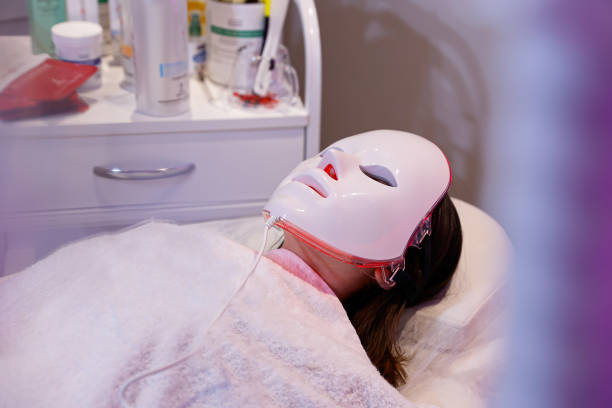
The cost of red light therapy for acne treatment depends on whether you’re using at-home devices or professional treatments:
At-Home Devices
Small handheld devices or red light therapy mats designed for acne treatment typically range from $100 para $500. The cost varies based on the qualidade, características, and power of the device.
Commercial Treatments
Professional red light therapy sessions can cost anywhere from $30 para $100 por sessão, depending on the clinic and the area being treated. Multiple sessions may be required to see noticeable results.
Investing in an at-home device for photobiomodulation like a red light therapy mat can provide long-term savings if you plan to use it regularly for acne treatment or other skin conditions.
How to Use Red Light Therapy at Home
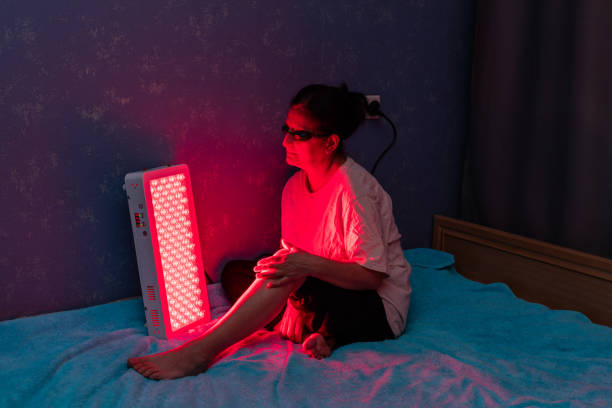
To get the best results from your red light therapy device at home, follow these steps:
Choose the Right Device
- Handheld Device
Perfect for targeted treatments, such as acne on your face or specific pain spots.
- Red Light Therapy Mat
It is ideal for treating larger body areas, como suas costas ou pernas.
Set Up the Device
Position the device approximately 6–12 inches from your skin, depending on the device’s power. Ensure the treated area is fully exposed to the light for optimal coverage.
- Follow the Recommended Session Times
- Para acne, aim for 10–20-minute sessions per area. The frequency should be 3-5 times a week for the best results.
- Be consistent with your treatments, as regular sessions are necessary to see lasting improvements.
- Be Patient and Consistent
Red light therapy may take several weeks to show visible results, especially for skin issues like acne. Consistency is key to achieving long-term benefits.
Conclusão
When choosing a commercial red light therapy couch or a home photobiomodulation device, consider factors such as wavelength, saída de energia, facilidade de uso, and device durability.
If you are looking for an affordable at-home acne treatment device or a professional full-body treatment couch, Mericano has an option to fit your needs. Make sure to choose a device that fits your space, treatment goals, e orçamento.

